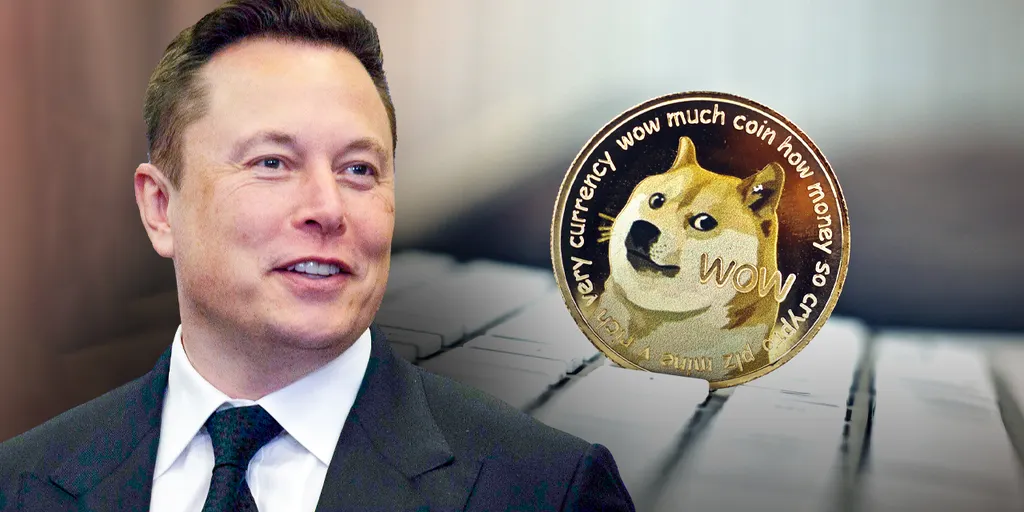Elon Musk believes the federal government can fight inflation by becoming more efficient—and he’s putting a bold number behind it: $1 trillion in spending cuts within 130 days.
In a town hall event held in Wisconsin, the tech billionaire and now-co-head of the Department of Government Efficiency (DOGE) outlined a radical plan to eliminate waste and fraud across federal departments. The goal? Increase economic output while slashing the budget deficit, ultimately helping control inflation.
“If we increase output by a trillion and reduce the budget deficit by a trillion, we have essentially neutralized inflation,” Musk said.
— Fox Business
What Is DOGE—and No, It’s Not Dogecoin
Despite the acronym’s similarity to the popular meme cryptocurrency Dogecoin, the Department of Government Efficiency (DOGE) is a real federal initiative, co-led by Musk and aimed at streamlining public sector operations.
According to Musk, DOGE’s mission is to cut down on redundant programs, fraud, and mismanagement without affecting essential services such as healthcare, defense, and social support.
The Inflation Plan: Boost Output, Cut Waste
Musk proposes a two-pronged strategy:
- Reduce the federal deficit by $1 trillion
- Increase economic output by the same amount
In theory, this would reduce the supply of money flowing from government into the economy, while increasing the production of goods and services—key factors in combating inflation.
According to Musk, this shift will “transfer more resources from the public sector to the private sector,” increasing efficiency and raising the standard of living.

What Will Be Cut?
Musk clarified that essential services will not be touched. Instead, the focus is on programs with overlapping functions or historically high rates of inefficiency and fraud.
“We don’t need to reduce services—we just need to stop wasting money,” Musk said at the Wisconsin town hall.
Among targeted areas:
- Redundant administrative spending
- Inefficient procurement contracts
- Misuse of federal grants and subsidies
Review past government audits at the U.S. Government Accountability Office (GAO).
Experts Are Skeptical
While Musk’s ambitions have generated buzz, not everyone is convinced. Economic experts caution that achieving a $1 trillion cut—roughly one-fifth of the current federal discretionary budget—without impacting key services may not be feasible.
Some also warn that the direct effect on inflation could be minimal or delayed, given inflation’s complex relationship with interest rates, supply chains, and global markets.
“While cutting government waste is always good, it’s unlikely to control inflation on its own,” said a recent Investopedia analysis.
A Bold Gamble or Policy Innovation?
Musk maintains that DOGE is already delivering results and insists most of the $1 trillion in cuts will be identified “within weeks.”
This strategy echoes fiscal conservative calls for “lean government,” but its success depends on how well DOGE can navigate bureaucracy and political opposition.
Read about U.S. budget process at the Congressional Budget Office (CBO).
Bottom Line
Elon Musk’s DOGE plan could represent a transformative approach to managing public funds and reducing inflation—but only if its ambitious goals can be met without unintended consequences.
Whether this marks a new era of efficient governance or another overhyped plan remains to be seen.
This article has been carefully fact-checked by our editorial team to ensure accuracy and eliminate any misleading information. We are committed to maintaining the highest standards of integrity in our content.

Himanshu Sharma writes for Weekend Spy, focusing on recruitment, government schemes, and current affairs. He is dedicated to making complex information accessible to readers.
Himanshu enjoys playing chess, hiking, and trying new recipes, always seeking ways to combine his love for writing with his passion for exploration. Connect with Drop him an email at [email protected].







